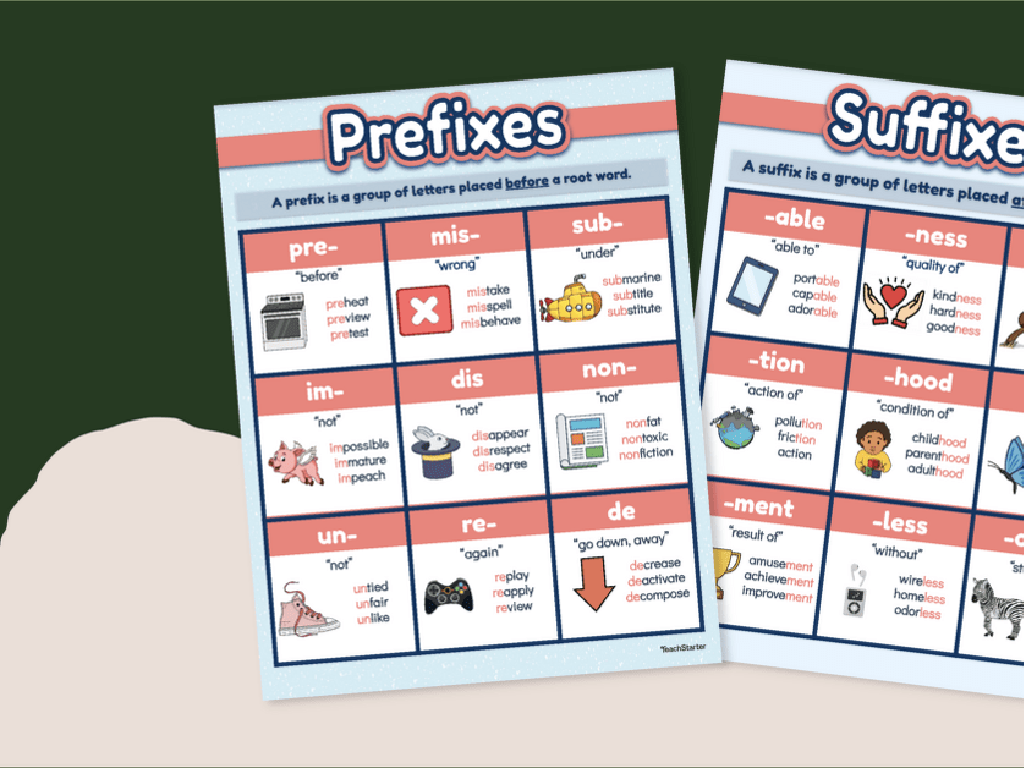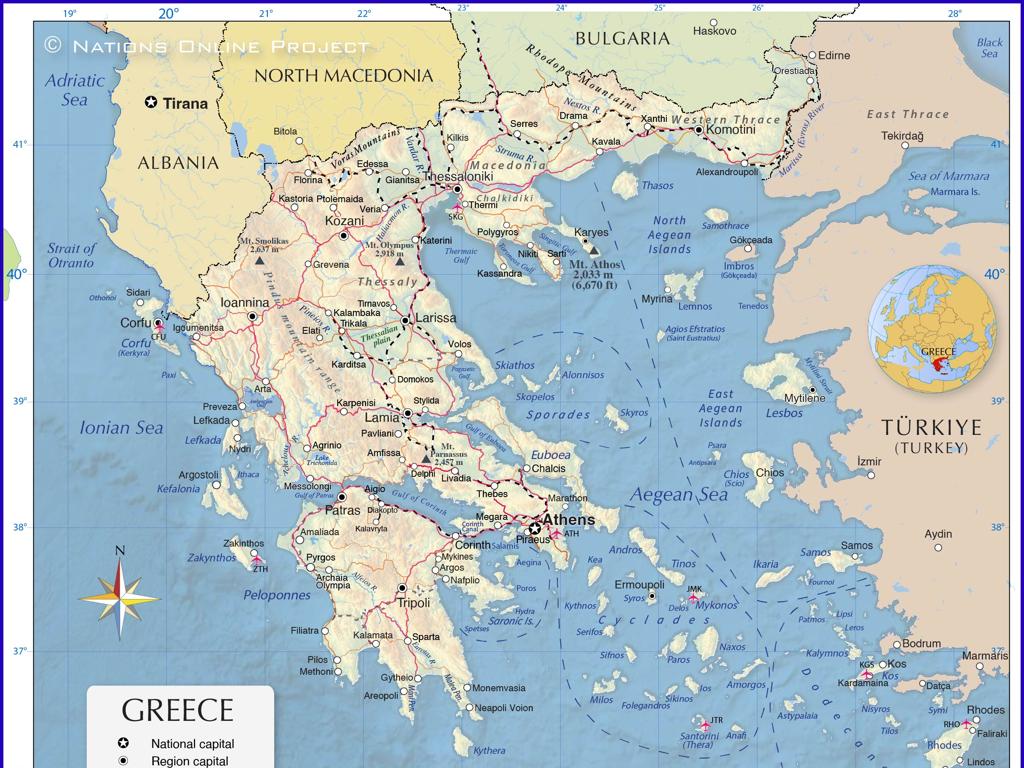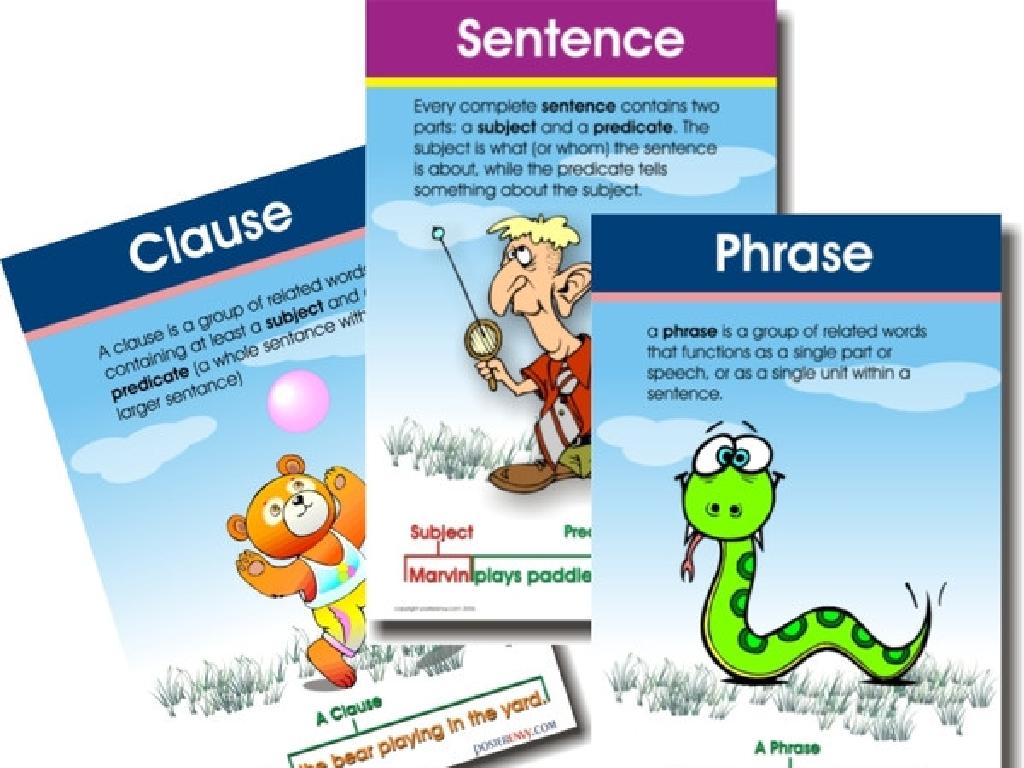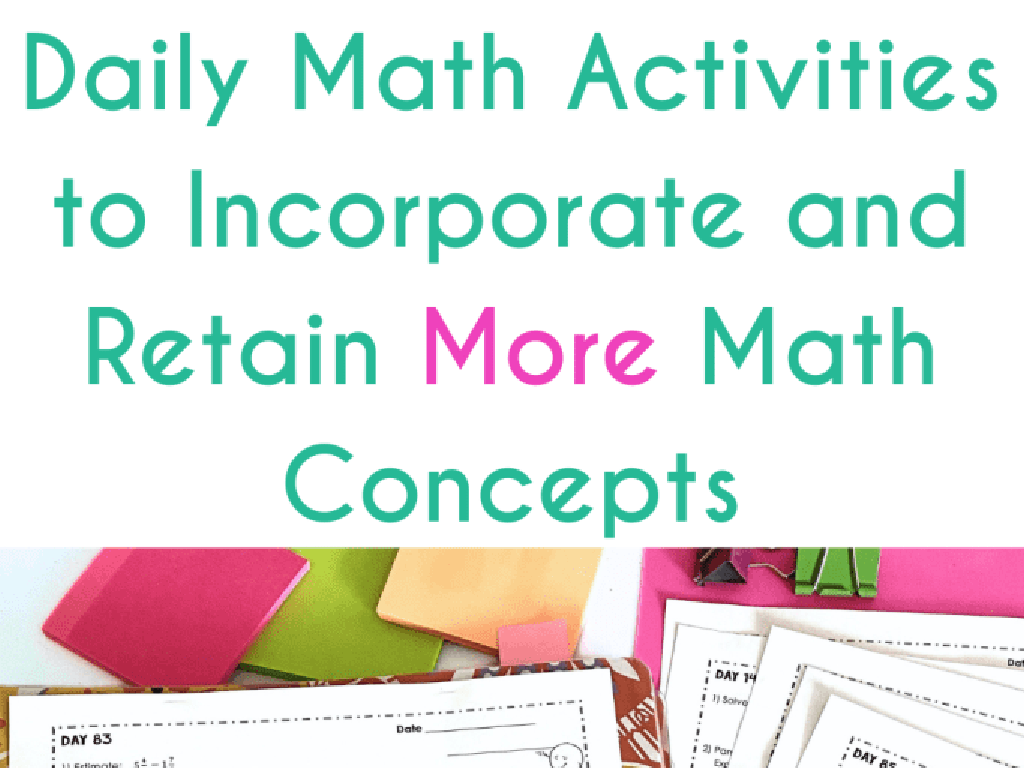Compare Fractions
Subject: Math
Grade: Third grade
Topic: Compare Fractions
Please LOG IN to download the presentation. Access is available to registered users only.
View More Content
Welcome to Fractions: Comparing Parts
– Learn to compare fractions
– Understand parts of a whole
– A fraction represents a part of a whole, like a slice of pizza.
– Importance of fraction comparison
– Comparing fractions helps us decide which is larger or smaller.
– Real-life fraction examples
– Examples: Sharing snacks, measuring ingredients.
|
Today’s lesson introduces the concept of comparing fractions, which is a fundamental skill in understanding mathematics and its applications in everyday life. Start by explaining that a fraction represents a part of a whole, using tangible examples like slices of pizza or pieces of fruit. Emphasize the importance of comparing fractions by discussing scenarios where students might need to determine which fraction is larger or smaller, such as when sharing snacks equally or measuring ingredients for a recipe. Provide real-life examples to illustrate these points and prepare interactive activities where students can practice comparing fractions with visual aids.
Understanding Fractions
– A fraction is part of a whole
– Numerator and denominator explained
– Top number (numerator) shows how many parts we have. Bottom number (denominator) shows how many equal parts the whole is divided into.
– Fractions in everyday life
– Pizza slices, a glass of water, and sharing candy are all examples of fractions.
– Comparing fractions
– We can tell which is larger or smaller by looking at numerators and denominators.
|
Begin the lesson by explaining that a fraction represents a part of a whole, something they see in everyday life. Clarify the terms numerator and denominator, using visual aids like pie charts or divided bars if possible. Provide relatable examples such as slices of pizza to illustrate fractions in a way that is tangible for third graders. Then, introduce the concept of comparing fractions, which will be the focus of the lesson. Encourage students to think of examples from their daily lives where they compare parts of a whole, like sharing snacks. This will set the stage for deeper learning about how to compare fractions mathematically.
Understanding Equivalent Fractions
– What are equivalent fractions?
– Fractions that have the same value, even if they look different.
– Finding equivalent fractions
– Multiply or divide the numerator and denominator by the same number.
– Using visuals to compare
– Draw pictures to see how fractions can be equal.
– Practice with examples
|
This slide introduces the concept of equivalent fractions, which are different fractions that represent the same part of a whole. Start by explaining that even though these fractions may look different, they are just different ways of expressing the same value. Teach students how to find equivalent fractions by multiplying or dividing the numerator and denominator by the same number. Use visual aids like fraction bars or circles to help students understand this concept visually. Finally, provide practice examples for students to try, ensuring they grasp the concept of equivalent fractions. Encourage students to explain their reasoning during practice to reinforce their understanding.
Comparing Fractions with the Same Denominator
– Fractions with same denominators
– Larger numerator means larger fraction
– If two fractions have the same denominator, the one with the bigger top number is bigger.
– Compare using visual models
– Draw pie charts or bar models to see which fraction is bigger.
– Practice with examples
– Let’s try comparing 1/4 to 3/4 together.
|
This slide introduces the concept of comparing fractions with the same denominator to third-grade students. Start by explaining that the denominator is the bottom number of a fraction and it tells us into how many equal parts the whole is divided. Emphasize that when fractions have the same denominator, it’s easy to compare them by looking at the numerators (the top numbers). The fraction with the larger numerator is the larger fraction. Use visual aids like pie charts or bar models to help students visualize and compare the size of fractions. Encourage students to draw their own models to compare fractions and provide several examples for them to practice, such as comparing 1/4 to 3/4, to reinforce the concept.
Comparing Fractions with Different Denominators
– Find common denominators
– Common denominators are like a meeting point for fractions to be compared.
– Use multiplication for equivalents
– Multiply top and bottom by the same number to get equivalent fractions.
– Practice comparing fractions
– Look at examples like 1/3 vs. 2/4 – which is bigger?
– Understand greater or less than
– Use the ‘greater than’ or ‘less than’ signs to show which fraction is larger.
|
This slide introduces the concept of comparing fractions with different denominators. Start by explaining that in order to compare fractions, they need to have the same denominator. Teach the students how to find a common denominator by listing multiples of the denominators and finding the smallest common one. Then, show them how to multiply the numerator and denominator of each fraction by the same number to create equivalent fractions with the common denominator. Provide practice problems for the students to apply these steps and compare fractions. Encourage them to use ‘greater than’, ‘less than’, or ‘equal to’ signs to indicate which fraction is larger or if they are the same. This will help solidify their understanding of fraction comparison.
Using Benchmarks to Compare Fractions
– Understand benchmarks 0, 1/2, and 1
– Comparing fractions to 1/2
– Is our fraction more or less than half?
– Placing fractions on a number line
– Visualize where fractions fit on a line
– Practice with examples
– Let’s try comparing 1/3 and 3/4 to our benchmarks!
|
This slide introduces the concept of using benchmarks to compare fractions. Benchmarks are standard points of reference that can help us quickly estimate the size of a fraction. By understanding that 0 represents no part of a whole, 1/2 represents half of a whole, and 1 represents the whole itself, students can start to compare fractions by asking if the fraction is less than, equal to, or greater than these benchmarks. Placing fractions on a number line is a visual aid that can help students see the relative size of fractions. During the lesson, provide several examples of fractions and ask students to place them on a number line in relation to the benchmarks. Encourage students to explain their reasoning for better understanding and retention.
Let’s Practice Comparing Fractions!
– Compare fraction pairs
– Use visual models for help
– Draw pictures or use fraction circles
– Explain your comparison reasoning
– Did you look at the numerators or denominators?
– Share your answers with the class
|
This slide is designed for a class activity where students will practice comparing fractions. Provide pairs of fractions for the students to compare and ask them to use visual aids like fraction bars or circles to help them determine which is larger or smaller. Encourage them to explain their reasoning, whether they compared numerators or denominators, and how they used the visual models to understand the fractions better. After completing the activity, students should be prepared to share their answers and explanations with the class. This will help reinforce their understanding and allow for discussion on different methods used for comparison.
Class Activity: Fraction Scavenger Hunt
– Find classroom objects for fractions
– Use items like pizza slices, apple wedges, or paper pieces.
– Compare fractions of objects
– Which has more/less? Half a pizza or three apple wedges?
– Share findings with the class
– Discuss why some fractions are bigger or smaller.
|
This interactive activity is designed to help students understand fractions in a tangible way. Have students search the classroom for items that can be divided into parts, such as a partially eaten pizza, a segmented chocolate bar, or a page of stickers. They should then compare the fractions represented by different objects, considering which are larger or smaller. Encourage them to use terms like ‘greater than’, ‘less than’, or ‘equal to’. After the hunt, students will present their findings to the class, explaining their reasoning. This will reinforce their understanding of comparing fractions and provide an opportunity for peer learning. Possible variations include grouping students for team hunts or assigning specific fractions to find.
Wrapping Up: Comparing Fractions
– Review of fraction comparison
– Importance of comparing fractions
– Helps in everyday decisions like cooking or sharing
– Connection to adding/subtracting
– Understanding comparison is key to learning addition and subtraction of fractions
– Get ready for the next lesson!
|
As we conclude today’s lesson, let’s recap the main points about comparing fractions. Remind the students how comparing fractions helps us determine which fraction is larger or smaller, which is a skill they will use in real-life situations such as dividing a pizza among friends or measuring ingredients for a recipe. Emphasize the importance of this skill as a foundation for our next topic, which is adding and subtracting fractions. This understanding will make the transition to the next lesson smoother. Encourage the students to review their notes and practice comparing fractions with different denominators to prepare for the upcoming lesson.






